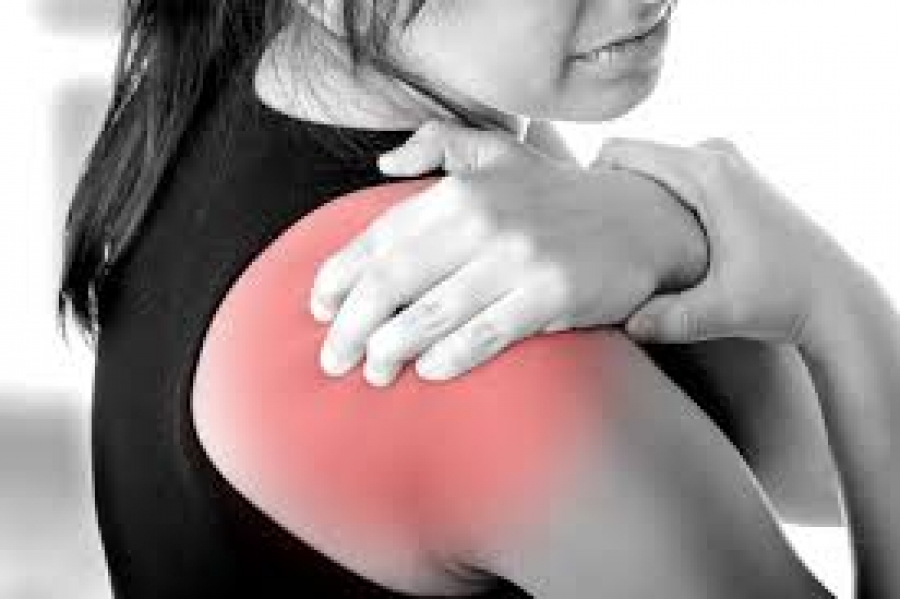
FROZEN SHOULDER
Frozen shoulder, also called adhesive capsulitis, causes pain and stiffness in the shoulder. Over time, the shoulder becomes very hard to move.
Frozen shoulder occurs in about 2% of the general population. It most commonly affects people between the ages of 40 and 60, and occurs in women more often than men.
Your risk of developing a frozen shoulder increases if you are recovering from a medical condition or a procedure the affects the mobility of your arm -- such as stroke or mastectomy.
Signs and Symptoms
Frozen shoulder typically develops slowly, and in three stages. Each of these stages can last a number of months.
- Painful stage. During this stage, pain occurs with any movement of your shoulder, and your shoulder's range of motion starts to become limited.
- Frozen stage. Pain may begin to diminish during this stage. However, your shoulder becomes stiffer, and your range of motion decreases notably.
- Thawing stage. During the thawing stage, the range of motion in your shoulder begins to improve.
For some people, the pain worsens at night, sometimes disrupting normal sleep patterns.
Diagnosis and Treatment
This condition can usually be diagnosed with a physical exam and history. Other conditions, such as arthritis of the shoulder and tendinitis, will need to be ruled out.
The treatment usually focuses on restoring the range of motion of the shoulder. This usually involves physical therapy and possibly injections. Rarely surgery may be needed to perform releases of the frozen shoulder.
Frozen shoulder almost always gets better with treatment. Here are some exercises for frozen shoulder.

Consult your doctor before beginning these exercises.
Dr. Bahu specializes in the diagnoses and treatment of shoulder conditions.




